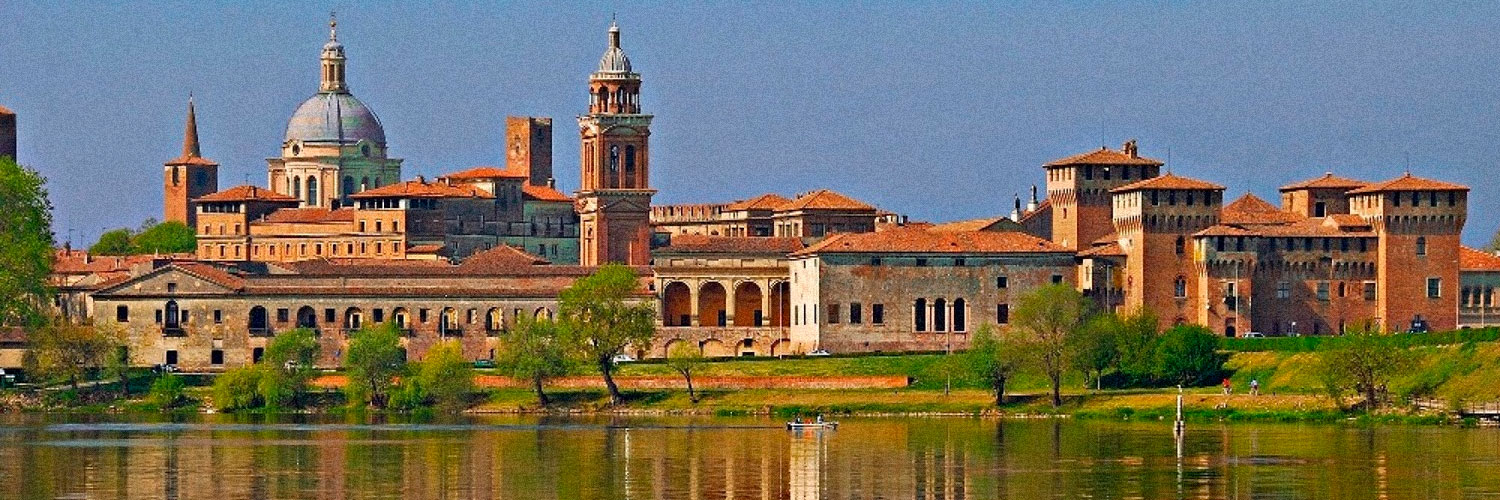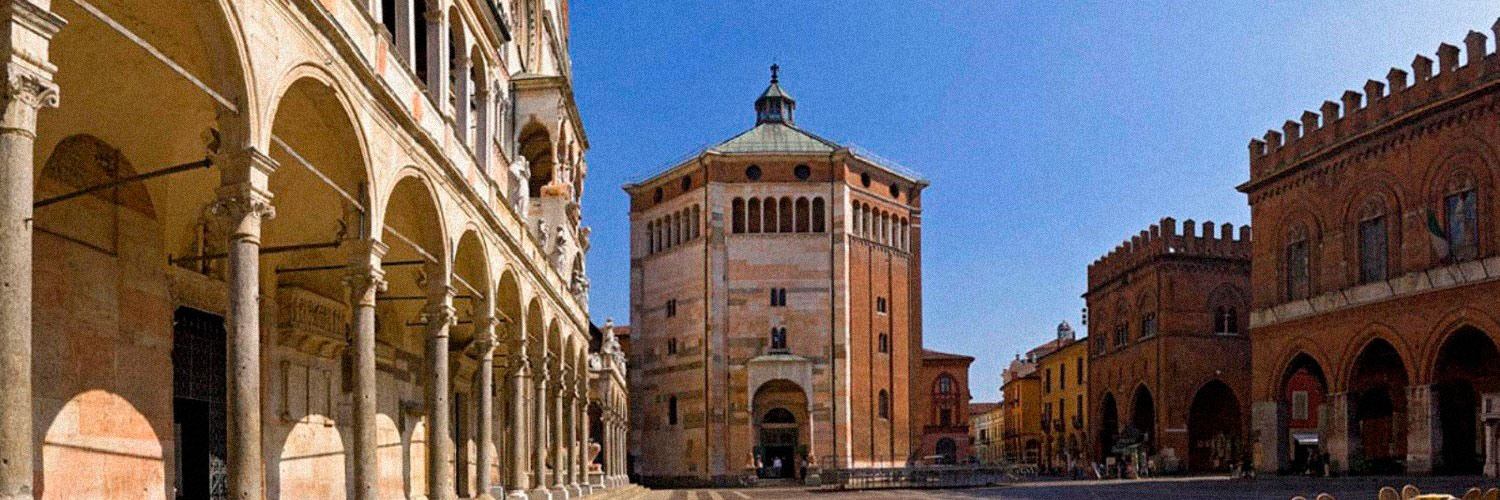MANTUA AND SABBIONETA

The two Gonzaga cities of Mantua (pictured) and Sabbioneta have been proposed in the list of sites to be protected as exceptional urban achievements, the result of the highest expression of human genius and, therefore, to be handed down, as they are, with all their jewels of art and culture.
Mantua and Sabbioneta offer an exceptional testimony of urban, architectural and artistic realization of the Renaissance, connected among themselves through the ideas and ambitions of the ruling family, the Gonzagas.
They represent the most eminent examples of the two most emblematic modalities of the urban planning of the Renaissance, respectively the evolutionary one and the foundational one. As such, they served as a reference for most of the subsequent building experiences of the city until the modern era. The artists who contributed to the realization of the two cities produced masterpieces that brought to fulfillment the ideals of the early Renaissance, contributing decisively to the international diffusion of a movement destined to influence and shape the whole of Europe.
Mantua and Sabbioneta have preserved to this day these characteristics in their urban fabric as they have preserved many emblematic works of art of the Renaissance absolutely fundamental for the historical reconstruction and understanding of European culture.
Sabbioneta built according to the humanistic principles of the ideal city, houses within it several monuments such as the Palazzo Ducale or Palazzo Grande, ducal residence and place for the administration of the State, the Teatro all'Antica or Teatro Olimpico (1590) designed by Vincenzo Scamozzi, the first theatrical building of the modern era built specifically for this function, the Gallery of the Ancients or Corridor Grande, appointed to host the collection of ancient marbles as well as the hunting trophies, the Palazzo Giardino or Casino, a place dedicated to the otium and valuable redeveloped between 1582 and 1587 by Bernardino Campi and his team of collaborators, the churches of the Assunta, Incoronata, del Carmine, the Synagogue and the historic Jewish quarter, today no longer inhabited by a community, with its printing activities, founded in 1567 by Tobias Foa.
Palazzo Ducale
Location: Sabbioneta (MN)
The Palazzo Ducale or Palazzo Grande, is a historic building of Sabbioneta, with two floors, a portico and a central tower, which overlooks Piazza Ducale.
It was the first significant building to be built by Vespasiano Gonzaga (1531-1591) (son of Rodomonte and Isabella Colonna, educated in Fondi by the famous Aunt Giulia Gonzaga) in his ideal city, capital of the namesake little state: it was the residence of the ruling family and the fulcrum of the political, administrative and courtly organization of the duchy.
Palazzo Giardino
Location: Sabbioneta (MN)
The "Great Corridor" was built between 1584 and 1586 to be the container of the Duke's collections.
The collection, which included ancient marbles and also hunting trophies from the imperial collections of Prague, remained inside the building until 1773, when they were transferred to the palace of the Academy of Mantua.
Today the restored marble is exhibited in the Palazzo Ducale gallery and in Palazzo San Sebastiano, both in the chief town.
Tacoli Estate
Location: Castellaro Lagusello (MN)
Castellaro Lagusello is an important village of medieval origin, famous for its walls and for the many initiatives that take place during the year.
The site, buried and not directly visitable, is located in the south-west of the medieval center.
There are various paths that allow you to penetrate the marshy area to observe the area of natural interest.
Recently, an emotional visit route has been created and an UNESCO plaque is positioned along it.
Bande - Carpani Court
Location: Cavriana (MN)
The Bande basin is located north of Cavriana and west of Bande, between the Corte Carpani and the Cascina Parolara.
The archaeological area is located on private land, partly cultivated and can not be visited, but has been equipped a cognitive path of the area.
The UNESCO plaque is positioned at the beginning of the panoramic dirt road that leads to the site with a short walk.
The area is renowned for three well-known wine cellars.



